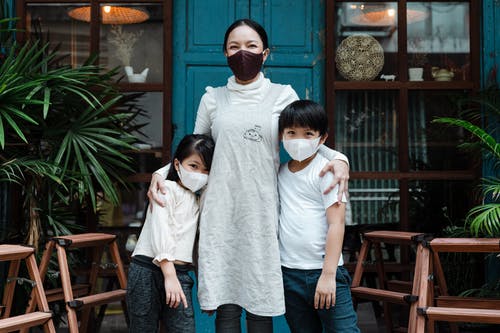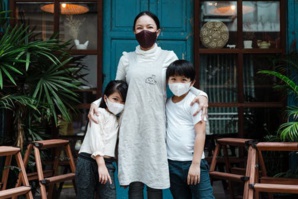On the global scale, Singapore is at the bottom of the list on COVID-19 infected fatality rates as the country registered only “27 deaths” while the number positive cases surged beyond “57,000”. Global average mortality rate due to COVID-19 stands at around 3% while Singapore accounted only “0.05%”. According to Reuters’ data compilation:
“A comparison with countries with a similar sized population shows a stark difference - Denmark's death rate is around 3%, while Finland's is around 4%”.
While, the Health Ministry of Singapore reported that its has been over two months that no death has occurred in the island country due to COVID-19 infection. According to the “leading disease experts” of Singapore, here are the “main factors” which have made this possible:
“A comparison with countries with a similar sized population shows a stark difference - Denmark's death rate is around 3%, while Finland's is around 4%”.
While, the Health Ministry of Singapore reported that its has been over two months that no death has occurred in the island country due to COVID-19 infection. According to the “leading disease experts” of Singapore, here are the “main factors” which have made this possible:
- Infection Demographic
- Detection
- Hospitalisation
- Mandatory Masks
- Classification
In the first step, identified that nearly 95% of COVID-19 infections were taking place among “migrant works” living in cramped establishments, while their age group ranged between 20-30. These people were mostly working in ship manufacturing and construction sectors. Amid the ongoing studies measure various parameter of the pandemic, while from the trends observed so far, the infection has been “less severe” in younger population.
Secondly, Singapore has tackled the spread of the infection by active “early detection” through “aggressive contact tracing and testing”. In fact, WHO has also praised the country for its work in the field of detection and testing. As Hsu Li Yang from National University of Singapore’s Saw Swee Hock School of Public Health:
“The more we diagnose, then the lower the mortality rate is”.
Similar anticipatory approach were also seen in Singapore’s treatment policy as Singaporean above the age of 45 or people with “underlying conditions that make them vulnerable” were monitored in the hospital even if they were “otherwise well”. In the words of a senior consultant from National University Hospital, Dale Fisher:
“Our care is conventional but done well; fluid management, anticoagulation and both proven drugs and participation in drug trials”.
Furthermore, Singapore had “made masks mandatory in public in April”. Even though, the experts claim that more studies are needed to be certain, there are increasing amount of instances that “wearing masks helps reduce the prevalance and severity of the virus”. While, Leong Hoe Nam, “an infectious diseases expert” from Mount Elizabeth Hospital of Singapore said:
“We have adopted a good mask culture in Singapore. This makes the disease milder”.
Finally, reported Reuters:
“Singapore sticks rigidly to the WHO’s case definition for classifying COVID-19 deaths. It does not include non-pneumonia fatalities like those caused by blood or heart issues among COVID-19 patients in its official tally”.
References:
reuters.com






